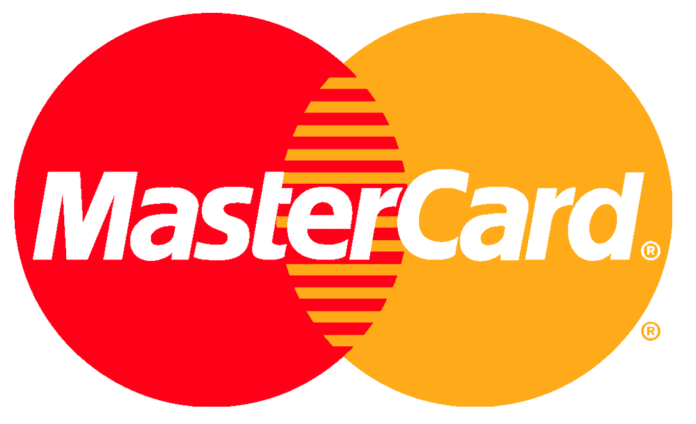The healthcare sector is known for its complexity, yet in the midst of the complicated web of rules, accounts payable procedures, and compliance requirements, one thing is surprisingly simple: payments. But even with the seeming ease of financial transactions, healthcare payments—especially in the context of business-to-business (B2B) transactions—remain fraught with difficulties and inefficiencies.
Numerous variables, including complex billing systems with a plethora of laws, regulations, and compliance standards, are at the core of these issues. It can be difficult for healthcare stakeholders, such as providers, payers, insurers, and technology suppliers, to navigate this complex environment. Delays, mistakes, and opacity define the resulting fragmented payment environment.
Stakeholders from all over the healthcare spectrum need to work together to simplify procedures, increase openness, and welcome creative ideas in order to address these enduring issues. In order to remove the structural obstacles preventing the smooth transfer of money within the healthcare sector, cooperation is essential.
The use of virtual cards in B2B healthcare transactions is one innovative and promising way to address these issues. Virtual cards present a potential replacement for the laborious payment methods of the past. Virtual cards are digital payment instruments that operate similarly to traditional credit or debit cards but only exist in electronic form.
An excellent case study of how virtual cards might expedite payment procedures is the Indian healthcare sector. Mastercard’s Executive Vice President and Global Head of Commercial Solutions, Chad Wallace, emphasizes how virtual cards have revolutionized the payment industry in India.
Wallace said in a recent interview, “We’ve been able to speed up the overall payment process between insurance companies and medical providers by using virtual cards.” Long wait periods for insurance company payments have historically plagued Indian healthcare providers, creating cash flow issues and unstable finances.
This enduring issue can be resolved with virtual cards, which enable quicker, more effective payments between insurance companies and healthcare providers. Virtual cards give stakeholders the ability to more easily and quickly traverse the complex world of healthcare payments by automating payment processes and facilitating real-time cooperation.
Virtual cards offer advantages that go beyond accelerating payment cycles. In addition, these digital solutions lower administrative costs, improve security, and increase financial transaction transparency. To reduce the chance of fraud and illegal transactions, each virtual card has a unique identification and can be set up with stringent spending caps and expiration dates.
Furthermore, virtual cards provide a flexible and scalable payment option that can change to meet the changing demands of the healthcare sector. Virtual cards give an adaptable platform for innovation and expansion as the healthcare payments industry changes further.
To sum up, the use of virtual cards is a big step in the right direction toward solving the persistent problems with B2B healthcare payments. Through promoting cooperation, welcoming creativity, and utilizing digital technologies, healthcare stakeholders might seize fresh chances for effectiveness, openness, and fiscal security. Virtual cards have the ability to completely change how payments are made and received in the intricate world of healthcare, as the Indian healthcare sector demonstrates.






